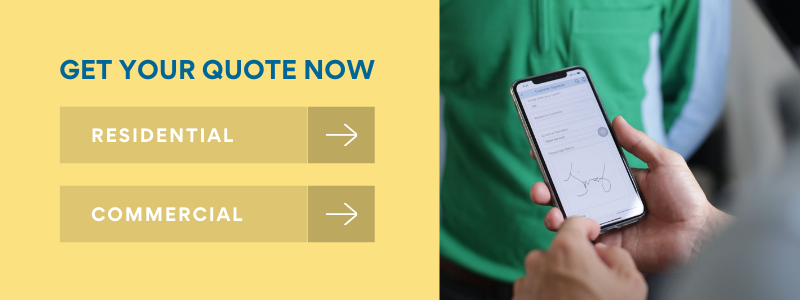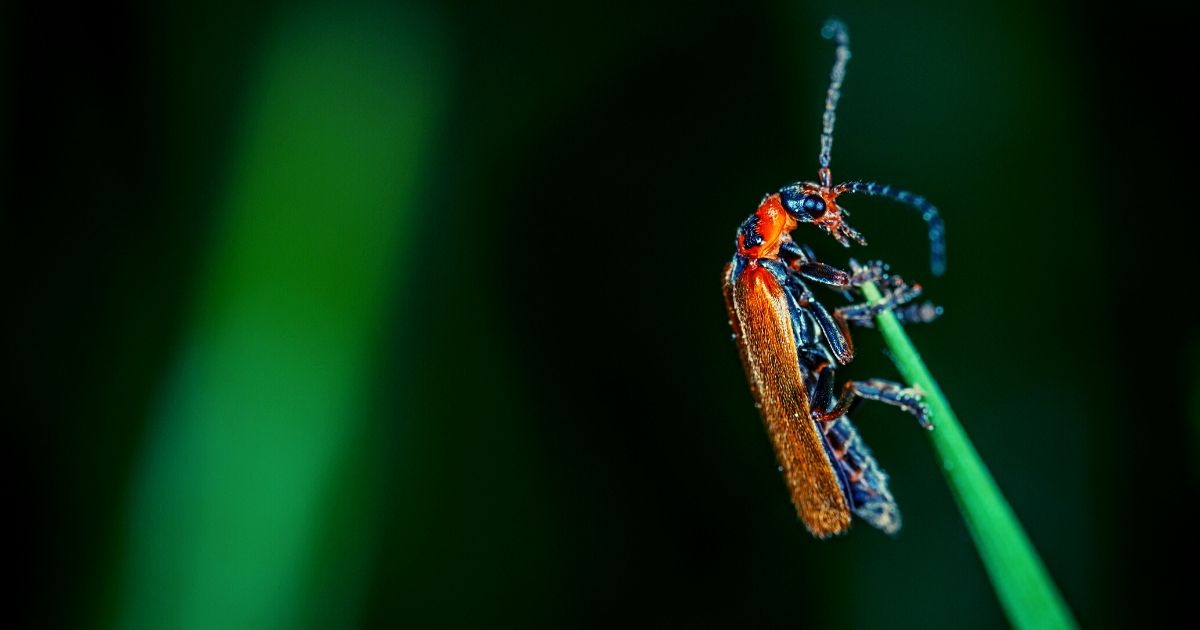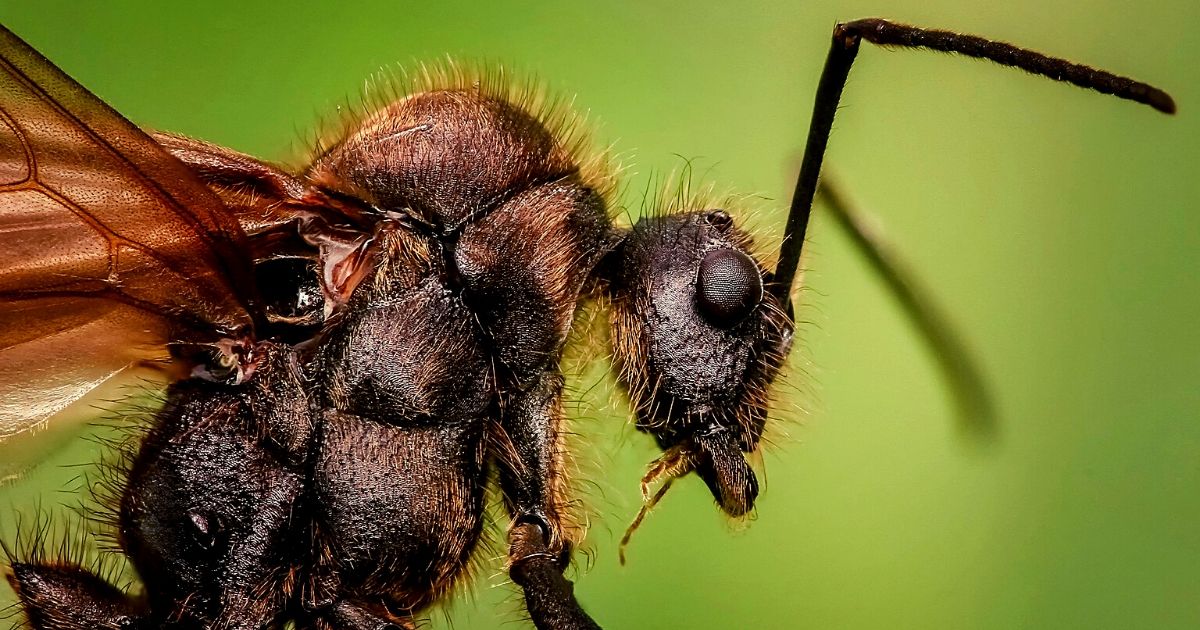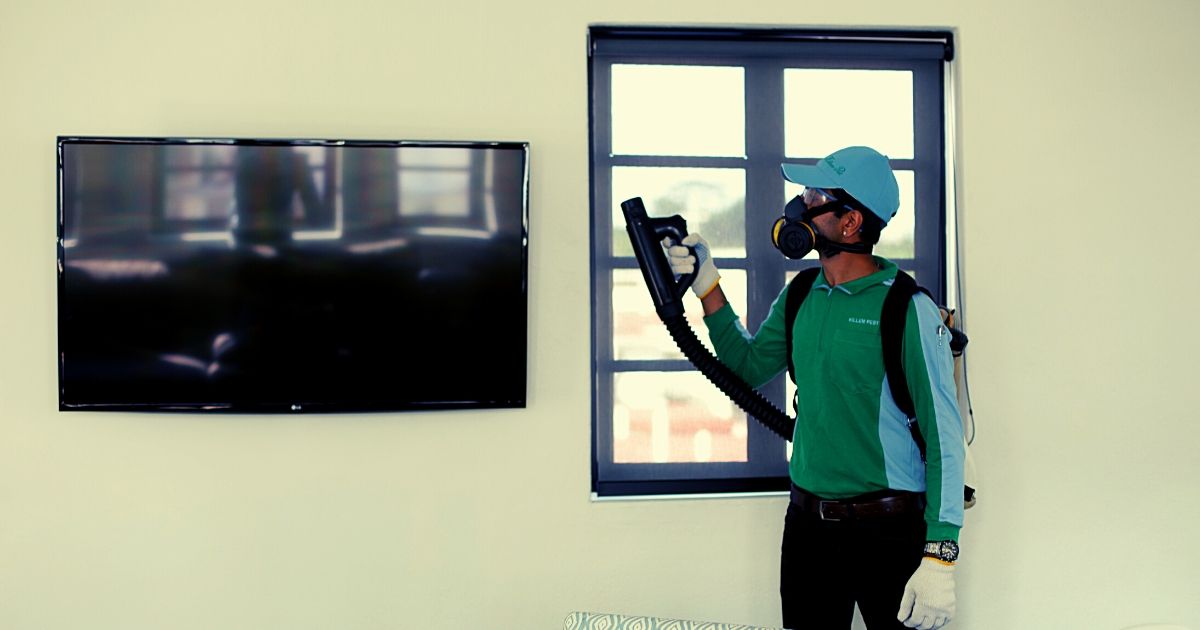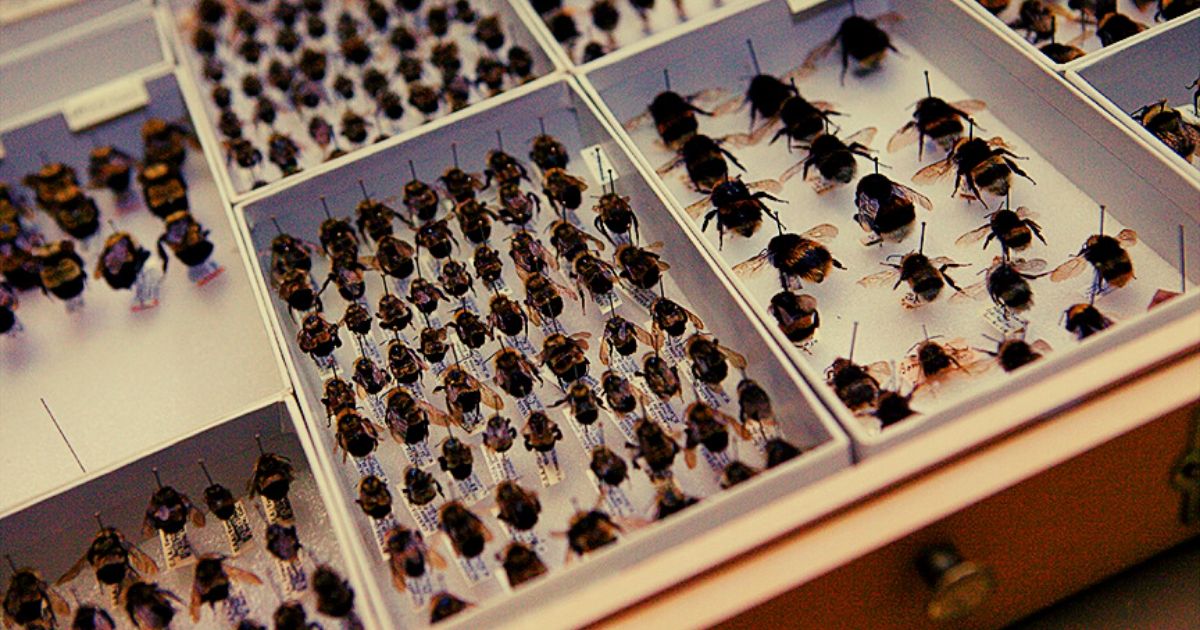Pest Management in the Pharmaceutical Industry
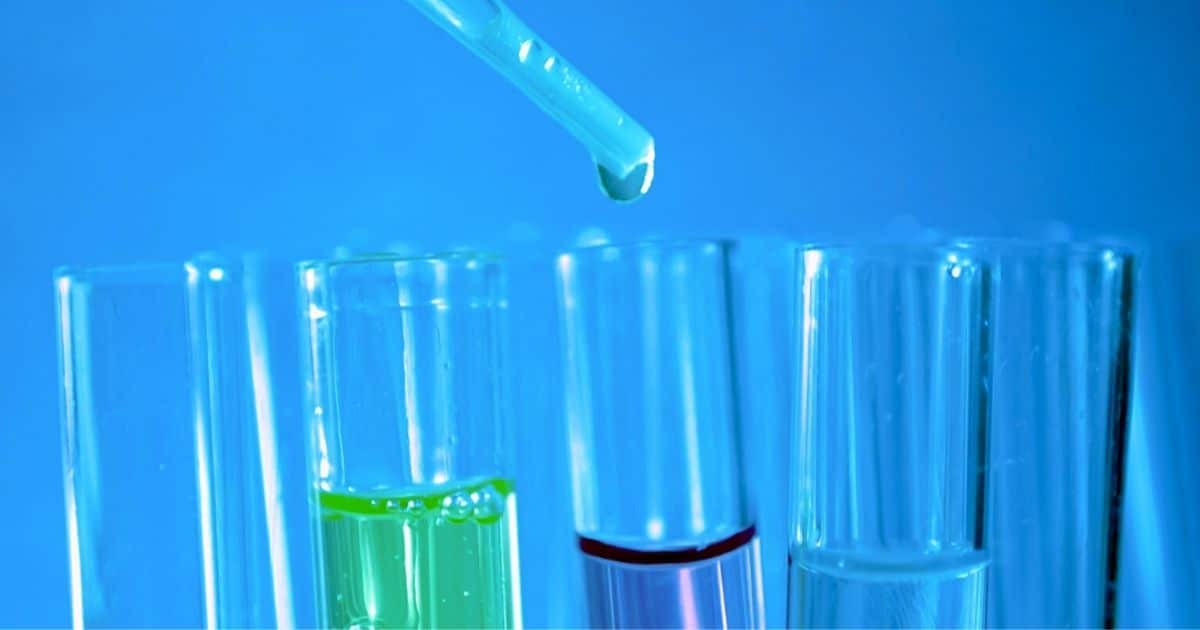
The pharmaceutical industry plays a significant role in defining human health, so they are subjected to strict governance and regulations. The presence of pests at any stage of the production process may cause severe economic losses. Besides the production areas, pests may contaminate the raw materials, storage areas, laboratories, packaging areas, and finished products.
The presence of pests in a pharmaceutical facility can cause severe consequences to the company, such as:
- Damage to brand and reputation
- Loss of trust from customers
- Financial loss for damaged products and batch recalls
- Revenue loss due to cessation of production
- Claims for compensation by customers and consumers
- Legal action by regulatory bodies and public health authorities
Common Pests in the Pharmaceutical Industry
The pests that may be present in and cause threats to a pharmaceutical facility include cockroaches, flies, rodents and stored product pests.
- Cockroaches and flies are mechanical vectors for various diseases. Their droppings and other excretory waste can contaminate and stain the facility. Other potential contaminants include body parts, shed skins and egg cases.
- Rats and mice also pose risks to the building, contaminate equipment as well as the products. Their gnawing behavior causes fire hazards as they chew through wire insulation, exposing the inner wire, which may lead to short circuit and fire.
- Stored product pests (beetles, weevils, moths and mites) depend on raw materials and herbs for food in pharmaceutical facilities. Infestation by stored product pests can be difficult to detect and they can contaminate the product if they enter the production process.
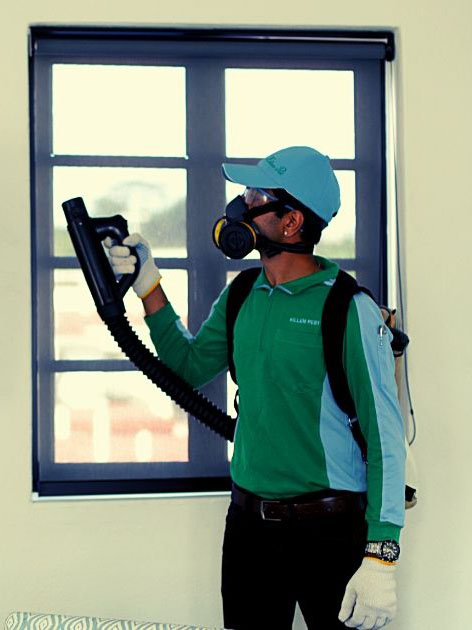
Modern Pest Management Program
Pest management today is no more a one-size-fits-all approach; it has become a uniquely designed program customized to fit the facility it is used in. The pharmaceutical industry is one of the most vulnerable sectors that rely on pest management companies to protect and maintain the high quality of their products. It differs from some other sectors, which are mainly concerned with the existence of mosquito breeding. The pest management program used in pharmaceutical facilities is known as IPM (Integrated Pest Management).
An IPM is tailor-made to different types of facilities and needs as there is no silver bullet to control pests. The IPM program aims to address the root of a pest problem and use pest management tools in practical plans. A pest management service provider should conduct a site survey and offer a suitable plan for a pharmaceutical facility.
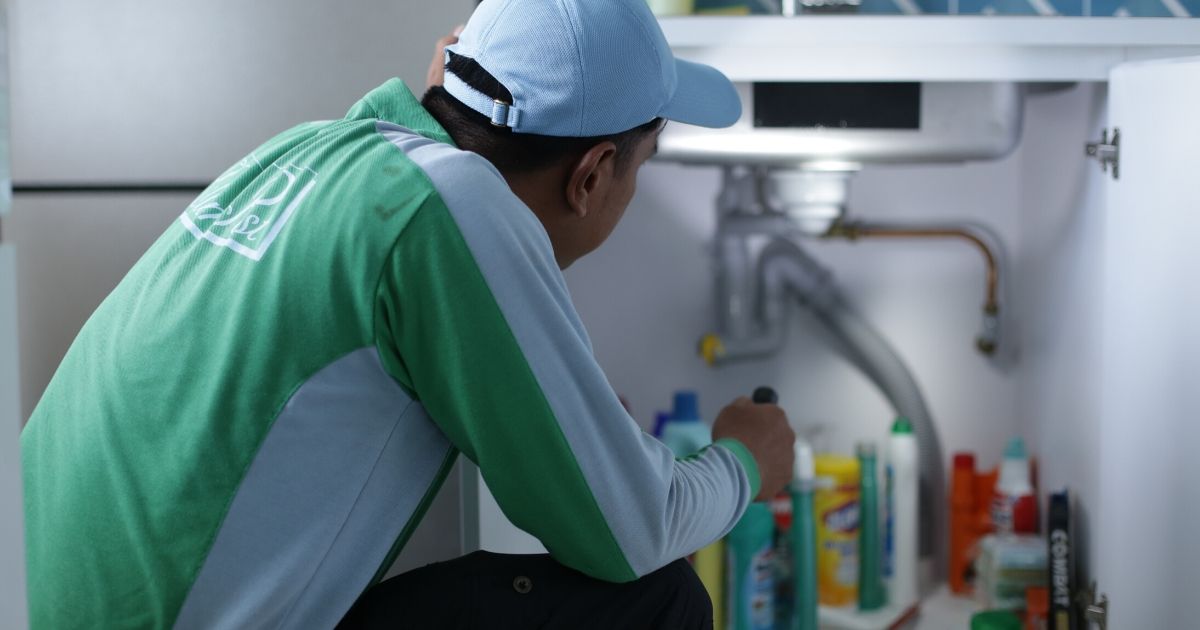
Traditional Pest Management VS Integrated Pest Management for the Pharmaceutical Industry
One significant difference between the two is that traditional pest management is often reactive rather than proactive. In a traditional pest management program, action is taken only when pests are sighted, whereas in an IPM program, monitoring plays an integral part. Through monitoring, pest activities and their trend can be detected so early actions can be taken to prevent pest infestations.
Many traditional pest management programs rely on regular treatments to control the population of pests. However, in an IPM program, monitoring is more important and treatments will only be carried out when the pest population exceeds the threshold. This avoids unnecessary use of pesticides, thus preventing contamination.
Pest identification is an essential part of IPM. It allows you to target the correct species by knowing its biology, behavior, life cycle, and feeding habits. Knowing what pests you are dealing with allows you to be aware of the potential damage they can cause and determine the suitable control methods to be used. Pest identification also allows the source of infestation to be traced, whether it is introduced from the supply chain or is caused by a structural defect.
While the main focus of a traditional pest management program may be killing pests and reducing their numbers, an IPM program strives to prevent them from establishing infestations. Pests may enter a pharmaceutical facility through a leaking pipe, introduced from incoming shipments, or other sources that might be overlooked. An IPM program aims to identify these causes and resolve the problem, preventing future infestations.
Pro Tip: The best way to prevent pests is to understand how pests gain access to your facility and take necessary actions to prevent the infestation.
Ways to Prevent Pests in Pharmaceutical Facilities
Besides pest management, pharmaceutical facilities should also take note of the other aspects:
- Exclusion
Keeping doors, shutters and windows closed to keep flies and birds out. Structural defects such as cracks and leaks should be fixed to prevent rodents and cockroaches. Pest proofing the building by filling up gaps and holes prevents pests from entering.
- Practice good housekeeping
Food, water and shelter are the basic needs of pests. Strategic placements of rubbish bins and good sanitation help to keep pests away.
- Practice proper storage methods
Avoid using cardboard to store items as they are ideal harborage sites of cockroaches. Proper arrangement of goods helps prevent rodent infestations.
- Utilize monitoring tools such as stations and traps
The advancement of technology allows monitoring to be done 24/7 via sensors and traps connected to the internet. This allows immediate actions to be taken once an activity is detected.
Choosing the Right Pest Management Vendor
When choosing a pest management service provider for a pharmaceutical facility, one may need to consider more criteria besides choosing a reputable company. With 27 years of experience in the pest management industry, Killem is supported by well-experienced pest management professionals. Nevertheless, we are always ready to embrace novel innovations to increase pest management programs’ effectiveness and efficiency.
Our quality assurance department provides technical support internally and for our clients while keeping our services under check. We take pride in making sure our clients are worry-free when it comes to pest-related issues and none of our clients have never failed any audits conducted both internally and externally.
Frequently Asked Questions
Pest control in the pharmaceutical industry means creating measures that minimise the risk of pests getting near the production, storage, packaging and other areas.
The presence of pests in a pharmaceutical facility can cause severe consequences to the company. Besides, all the facilities are subjected to strict governance and regulations.
Common pests in the pharmaceutical industry include cockroaches, flies, rats, mice, and stored product pests (beetles, weevils, moths and mites).

